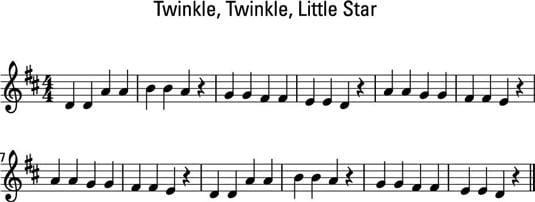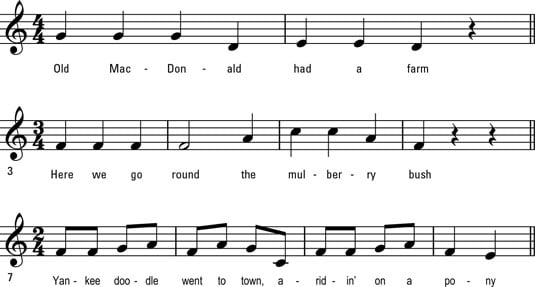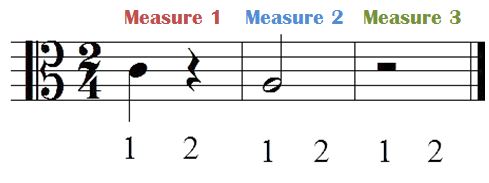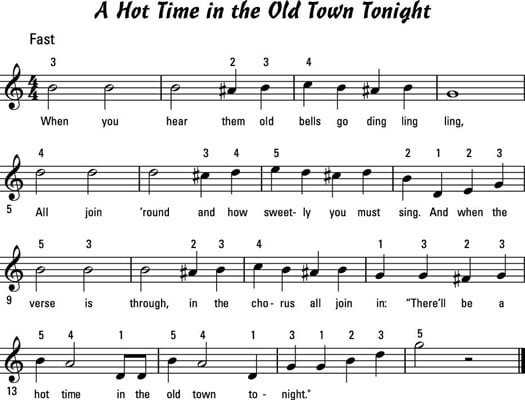2 4 3 4 4 4 Time Signature Example

The most common meter in music is 4 4.
2 4 3 4 4 4 time signature example. This creates an oom pa pa cadence to the song. The most commonly used simple time signatures include 4 4 3 4 and 2 4 time. A simple time signature has a base unit or bottom number that s divisible by two. Quadruple time means 4 main beats per bar.
Reading the time signatures. The examples i have are in 2 2 2 4 3 4 6 8 12 8 as well as odd signatures and polyrhythms. 2 4 time 3 4 time 4 4 time 3 8 time 9 8 time 4 2 time 3 1 time and so on. A regular time signature is one which represents 2 3 or 4 main beats per bar.
I m up to 120 song examples and growing. The number of notes allowed in each measure is determined by the time signature as you saw in the time signature examples above each time signature has two numbers. A quarter note can be subdivided into two equal eighth notes. In a sense all simple triple time signatures such as 3 8 3 4 3 2 etc and all compound duple times such as 6 8 6 16 and so on are equivalent.
The 2 4 3 4 4 4 5 4 7 4 and 2 2 signatures are simple time signatures because each beat can be broken naturally in two equal parts and the unnatural thing would be to break each beat into three equal parts. When the waltz was introduced in the 1700s a new time signature was created. For example the base unit of a 4 4 time signature is the quarter note. A top number and a bottom number.
The bottom number of the time signature indicates a certain kind of note used to count. The time signature chart also shows you which are simple and compound time signatures. This lesson is going to help us learn and count a 2 4 time signature and a 3 4 time signature. In 4 4 the stacked numbers tell you that each measure contains four quarter note beats.
It s so common that its other name is common time and the two numbers in the time signature are often replaced by the letter c. A piece in 3 4 can be easily rewritten in 3 8 simply by halving the length of the notes. Triple time means 3 main beats per bar. First let s have a quick review of what a time signature is and what it tells us.
If you notice both of these time signatures share one thing in common and have one thing different from each other. This time signature has three beats per measure and quarter notes get the beat. On a formal mathematical level the time signatures of e g 3 4 and 3 8 are interchangeable. Duple time means 2 main beats per bar.
















